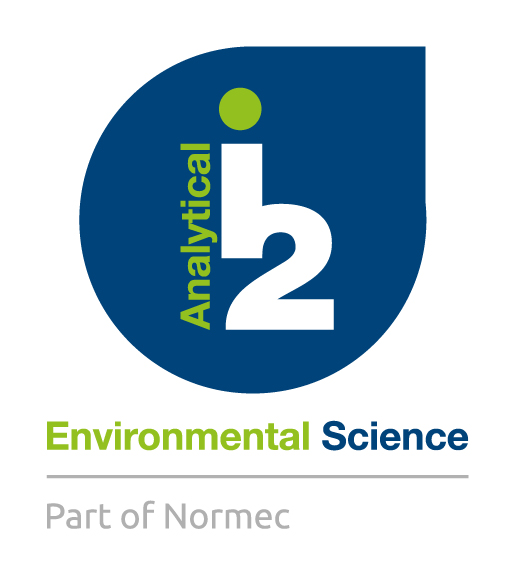
UKAS Accredited Asbestos Dustiness testing
The assessment of respirable fibres from soils
Current analytical methods for asbestos fibre release from soil focus on the quantification of all asbestos fibres and asbestos containing material (ACM) within a soil sample, but this does not always give a clear indication of the risk that the asbestos may represent outside of the laboratory testing environment.
Here at i2, our Asbestos Dustiness method provides the next level of analytical testing to help you make informed decisions and assessment on the risks and how to control or manage your site.
The Next Step in Risk Assessment
Asbestos in soil can be found in a number of forms, bound either in Asbestos Containing Material (ACM), as free fibres or fibre bundles. A standard quantification can tell you the proportional mass of your soil which is asbestos, but it only goes so far in allowing you to judge what kind of a risk that represents. A piece of undamaged cement may give a higher percentage by mass of asbestos, but a smaller percentage of free fibres may present a much higher risk. The next step for Asbestos Dustiness testing and assessment is to look at fibre release – how much of that asbestos is actually likely to be released to the air?
Adapting from existing methodology (EN 15051-2:2013 – Workplace exposure – Measurement of the dustiness of bulk material), our method looks at the dust that would be released under natural site conditions. The method is a continual drop method; and air sampling is undertaken at 4 L/minute to mimic respiration rate.
Dust and fibres are collected on filters. Looking at the filters collected we can then focus on therespirable fibres specifically (fibres with a diameter of less than 3μm, length of at least 5μm and an aspect ratio (length to width) of greater than 3) which will penetrate beyond the terminal bronchioles into the gas exchange region of the lungs as these represent the significant risk to human health.
Utilising the Latest Methodology
A representative subsample of soil (or other test material as required) is rotated for a fixed period inside a sealed metal drum as a constant flow of air is passed through the apparatus. The dust generated is blown through a foam filter to remove larger dust fractions. The fibres are then caught on a nitro-cellulose filter which is subjected to fibre counting methodology using Phase Contrast Optical Microscopy (PCOM) as per HSG248.
The number of fibres identified gives us a respirable fibre concentration in fibres/ml of air. Using the concentration of dust collected (mg/m3) we can correct the fibres/ml air concentration to that at a normalized dust concentration. This allows for better determination of the risks posed by asbestos on site.
Project Benefits
Used in conjunction with the Identification and Soil Quantification tests this will give you a much more complete picture of how the asbestos is distributed on your site, what risk it may represent and how best to move forward. With competitive rates, including discounts on larger submissions and options for rapid delivery (3 and 5 working days) we can help give you a cost effective solution to managing asbestos on site.
The test conditions can also be adjusted depending on your project needs. For example we can test a sample at specific moisture contents or with binder agent added to look at dust and fibre release suppression; we can also modify the method to determine fibre release at a specific dust generation rate.
If you require any further information or would like to discuss any element of our Asbestos testing capabilities please contact us at reception@i2analytical.com





